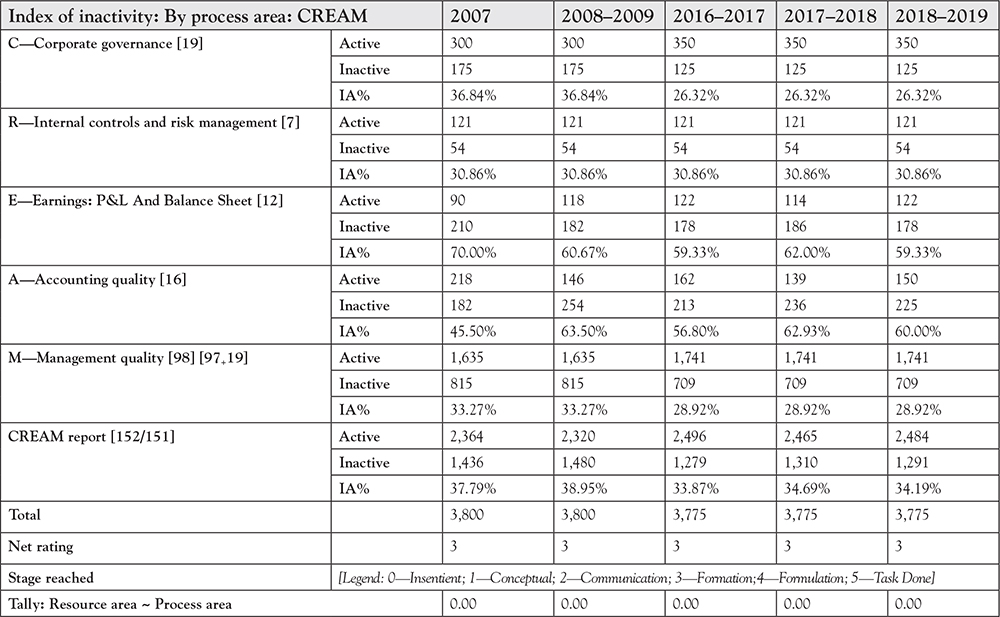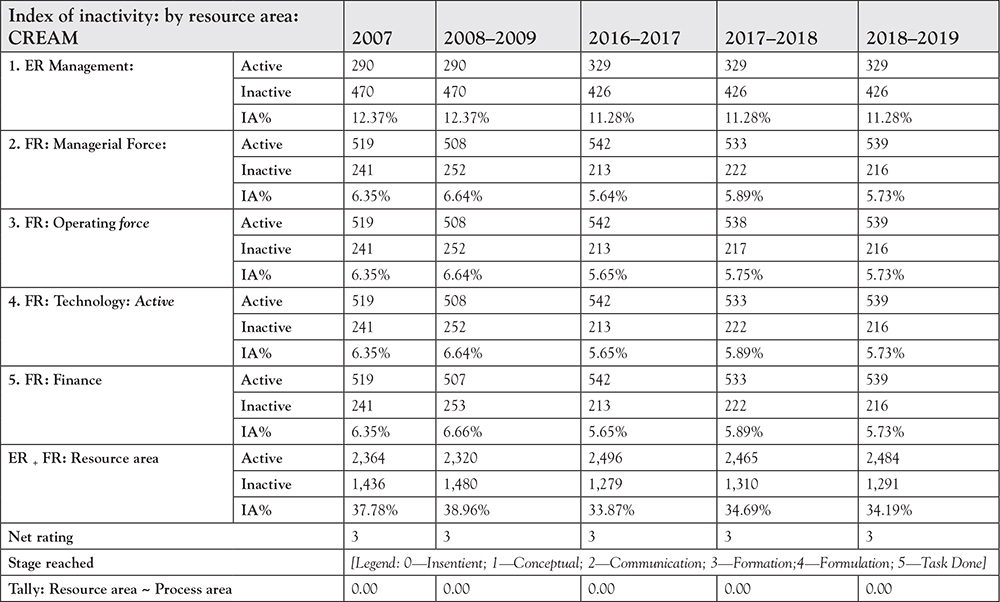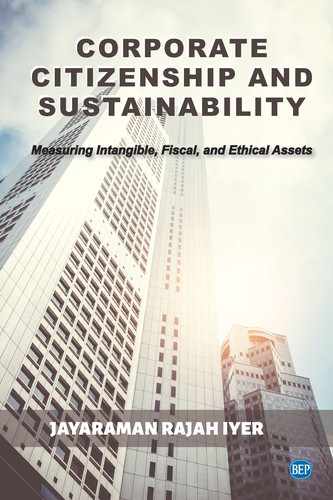The Board of Directors the Corporate Proton
We hire smart people so they can tell us what to do.
—Steve Jobs*
Protons and neutrons are heavier than electrons. One proton is about 1,837 times more massive than an electron. In the case of the Corporate Atomic Structure, the board of directors holds a powerful control over every decision. Protons and neutrons form a nucleus, so do the board and society. The CEO team spins around the corporate nucleus, much like the solar system around the sun. For the universe to exist as it does, hydrogen requires to be converted into helium in a precise but comparatively stately manner. Specifically, in a way that converts seven one-thousandths [0.007] of its mass to energy. So is the case with corporate hydrogen. Money spent in a perfect manner converts financial assets and ethical assets into energy. Lower that value very slightly, from seven one-thousandths [0.007] to six one-thousandths [0.006], say, and no transformation could take place: The universe would consist of hydrogen and nothing else. So is the case with corporate fiscal assets and ethical assets. Kept in a state of insentience, no profits are made, but would see a rise in NPAs. Raise the value slightly, to eight one-thousandths, and bonding would be so wildly prolific that the hydrogen would long since have been exhausted. So is the case with corporate fiscal and ethical assets. When diverted elsewhere without using them to create energy within, there is nothing to produce and sell. At a 007 state, gravity is perfectly pitched, in “critical density” is the cosmologists’ term for it. It will hold the universe together at the just-right dimensions to allow things to go on indefinitely. Cosmologists, in their lighter moments, sometimes call this the “Goldilocks effect,” when everything is just right. At a 007 factor of governance, gravity is perfectly pitched, between the board of directors, CEO team, and society, such that it will hold a company together at the just-right dimensions to allow things to go on indefinitely. This would be the “Goldilocks Effect” of Corporate Governance—everything is just right. The responsibility to oversee Corporate Critical Density is with the board of directors. Here are four factors that would ensure Corporate Critical Density.
Sustainability
How long can the earth sustain its current state of pristine beauty? The solar system is bound to sustain for another 4.5 billion years.1 The 007 factor is at ease, with hydrogen converting into helium in a stately manner. Nature is not in a hurry. It is we who are keen for a quantum jump from where we are to a new world. All our isms over the last 500 years have seen humanity spot jogging to end up at square one. Planet earth has moved on. We are static, not the earth. The fact is, we do not know what we want, which is why refugees are seeking sanctuary the world over. Sustainability is another catchword thrown in, unexamined and not scrutinized. The implication of sustainability objectives is all of the ethical responsibility group and call for creating ethical assets by those who undertake the responsibility to act.
The World Commission on Environment and Development refers to sustainability, under 3. Sustainable Development para. 27, thus2:
Humanity has the ability to make development sustainable to ensure that it meets the needs of the present without compromising the ability of future generations to meet their own needs. The concept of sustainable development does imply limits—not absolute limits but limitations imposed by the present state of technology and social organization on environmental resources and by the ability of the biosphere to absorb the effects of human activities.
Without compromising the ability of future generations is an enigma wrapped in mystery contradicted by the present state of technology.
KPMG, in a recent report, Rethinking the Value Chain: A Study on AI, Humanoids and Robots,3 affirms that
artificial intelligence will rapidly revolutionize the business world. This is no time for skepticism, hesitancy or a wait-and-see approach. Success in this disruptive environment requires leaders to quickly grasp the relevant aspects of artificial intelligence. Awareness and a sharp eye for emerging opportunities are essential requirements for the sustainability of any company.4.
Many are on the bandwagon. Illustratively, Mark Hurd, CEO Oracle, tweeted, “To gain an advantage in the fierce competition for the next generation of organizational leaders, companies should look to #AI.” Not necessarily, because the public and the investor community would be looking for a value system practiced within a company, ensuring leadership is in the right hands. We have seen it before with enterprise resource planning (ERP) software packages covering entire global companies. SAP revenue is directly proportional to the fixed costs of many companies. If SAP has to be profitable, many corporates have to contribute. Return on investment is negligible. For example, if one wants to make any changes or add-on to these cost-prohibitive software packages, one has to go through an intermediary that invariably is a high-priced consulting firm. Clearly, the second principle, the applicability of simplicity in Emergent Property, is lost. The inventory module of IBM1401, with a mere 8k capacity, written in Autocoder, has not changed since 1966. Inventory remains a hurdle to achieve JIT. With unutilized capacity, such high-priced ERP packages become white elephants. On a similar note, AI needs to be scrutinized—for whom and by whom is AI being suggested, in a place like India, where there is a surplus of cheap labor.5 There’s a big market no doubt for AI and robots, or one shall say any technological advancement in agriculture. Illustratively, Indian agriculture was languishing at 2.75 percent CAGR during the last decade (2010–2019),6 and we can set the target to double in the next. If Indian agricultural yield is way below that of other countries, we have to bridge the gap. Let’s take one item of agriculture, peanuts, and examine the utility of technology direction. In peanuts yield, we find China ranks 13 and India 32, way behind many a country in the world. Uzbekistan ranks the highest followed by Israel.7 India stands second in the hierarchy of agriculture for all countries, per data 2017, at $401.32 billion, whereas China is at $968.63 billion.8 Indian agriculture would be a trillion-dollar economy by its own right in the next 4 years and agri technology has a major role to play. As the Indian agri structure, with farmer producer organisations (FPOs) and farmer producer companies (FPCs), is poised for a major expansion, Project FISCAL (farmer–industry–society & consolidate agri leadership), initiated by yours truly in Gujarat, would help map the entire agriculture sector. Such a farmer–industry–society collaboration would consolidate agri leadership. A technological revolution with ERP or AI, with a balanced approach, would be put to better use. The current inception is not very high. Not every Indian farmer owns a tractor; many lease one for a day or two. AI could make a difference between where the economy stands now and a trillion-dollar agri economy. With every Indian farmer having an identity, an Aadhar Card (a 12-digit unique identification number issued by the Indian government to every individual resident of India) number would identify and track progress toward 2024. Agriculture is the primary source of livelihood for about 58 percent of India’s population, says an Indian Brand Equity Foundation (IBEF) report. That’s about 750 million people! AI, when used in the agri sector, will fetch a better return than in the heavily laden fixed cost of corporate. So, focusing on AI or robots in the agri sector makes more sense than in a multinational corporate, in which it only serves to increase their fixed cost. In other words, don’t make the same mistake with AI that you did with ERP.
The Board of Directors
The 98 Process Blocks under Management Quality, as given in Table 7.1 Index of Inactivity by Process Area and Table 7.2 Index of Inactivity by Resource Area, in their entirety, constitute the measurement of the board members. Chapter 8 analyzes Tables 7.1 and 7.2 further.
Table 7.1 Index of inactivity by process area

Table 7.2 Index of Inactivity by Resource Area

In particular, the board of directors consists of nine issue areas, with one board business consisting of 19 issue areas, detailing the duties the board undertakes. Overall, 27 issue areas are measured as to the current status. The #1 is that of Ethical Responsibility and the rest of Fiscal Responsibility. While assessing all these issue areas, undertaking Ethical Responsibility is not evident. All the 98 issue areas of Management Quality assessed belong to the Fiscal Responsibility area. The board does not run an organization daily. It meets once in a month and reviews the operations, appointing committees to oversee the running of the organization. The changes that shall come through the board’s assessment would be #1 Ethical Responsibility and #2 reviewing and tracking CDGR of the company’s growth vis-à-vis CAGR as per the long-term strategy plan already approved by the board. CREAM Report for the entire organization covering open-ended 170 process blocks would be taken up by the board simultaneously. Ethical Assets would revolutionize the board room. CREAM Report rating is a single-digit number between 0 and 5, and the board members can receive it daily. Any single dip by any single person’s performance would bring down the overall rating as a wake-up call for the board to react. For example, had a single person from the Ethical Responsibility Force refused to clear planting the cheat software, while all the four Fiscal Responsibility group members wanted to go ahead, the market that was expecting the introduction of the diesel emission control fittings would have reacted adversely on the same day. The board members instantly get to know the market reaction and the dipping of the company’s rating. Vision and action go together. The board needs to change for the better while they do have the power to operate. Delineation of duties between the board and the CEO team vis-à-vis society is very clear. Change the denominator.
Reverse Mentoring
A single cubic centimeter of a single brain is more powerful than trillions of robots. When we introduced plastics, we believed it would save paper and therefore the forests. A few centuries since we believed the earth was flat, we assume we have arrived. We have plunged into industry with a quantum jump, discarding the past and embracing the future, blindly. We are Object-oriented, ignoring the Subject. The earth has a finite number of people, who we have not taken into account for the future. Sustainability reports mention “without compromising the ability of future generations to meet their own needs” but do not define our ability to teach the next generation. The refusal to adopt new strategies, like refusing to listen to Galileo, is the natural stumbling block for progress. China went further, by instructing youth to destroy schools and books in the name of a cultural revolution in China. China is the hierarchical one-man call center, as is evident from its handling of the COVID-19 pandemic, and they need a revolution to take the country from one phase to the other. The corporate board has designed itself in the same fashion as China, as a one-man call center. The components are there, what is needed is an integration of qualitative and quantitative elements, to breathe life into a business entity in human form. GenNext not waiting to listen to you, not wanting to listen to you, not willing to listen to you, but we have to make ourselves known to GenNext—what and how equipped we are—to teach them. GenNext follow us unhesitatingly; that’s why they reflect what we do—not waiting to listen to them, not wanting to listen to them, not willing to listen to them. Reverse mentoring needs to happen. It has been so throughout history, the elders listening to GenNext, without which there would have been no progress at all. Each person has some amazing capabilities that we ignore as we run to robots for wisdom. As Carl Sagan says, “Every one of us is, in the cosmic perspective, precious. If a human disagrees with you, let him live. In a hundred billion galaxies, you will not find another.”9 Change the denominator.
Chapter 7: Points to Ponder
- At 007 factor of governance, gravity is perfectly pitched between the board of directors, CEO team, and society and will hold a company together at the just-right dimensions to allow things to go on indefinitely.
- Sustainability is the watchword, an implied Sustainability of Ethical Responsibility.
- AI: Robot is not a fancy toy but as computers came in, fear removed and used by all now, AI is most welcome. It can be put to better use.
- The board of directors: “To gain advantage in the future, the current generation of organizational leaders should look to Sustainable Value System in their companies, #AI will be of no help.”
- Reverse mentoring: The components are there, what is needed is an integration of Qualitative and Quantitative elements, to breathe into a business entity in human form. Reverse mentoring will happen, and the seniors shall not ignore it.
1. NASA. https://spaceplace.nasa.gov/sun-age/en/.
2. UN Documents. n.d. “Report of the World Commission on Environment and Development: Our Common Future.” http://www.un-documents.net/ocf-ov.htm#I.
3. KPMG. 2018. “Rethinking the Value Chain: A Study on AI, Humanoids and Robots.” https://assets.kpmg/content/dam/kpmg/xx/pdf/2018/09/rethinking-the-value-chain.pdf.
4. KPMG. 2018. “Rethinking the Value Chain.”: https://assets.kpmg/content/dam/kpmg/xx/pdf/2018/09/rethinking-the-value-chain.pdf.
5. IBEF. 2020. “Agriculture in India: Information About Indian Agriculture and Its Importance.” https://www.ibef.org/industry/agriculture-india.aspx.
6. Ibid.; J. Iyer. 2019. “One Page Report Project Fiscal.” https://www.linkedin.com/posts/jayaraman-iyer-6027b71_one-page-report-project-fiscal-activity-6526499813792538624-caQL.
7. Source: FAOSTAT via http://www.factfish.com/.
8. Source: World Bank via http://www.factfish.com/.
9. World Bank. http://wdi.worldbank.org/table/4.2; Economic Times. 2020. “Agriculture Has Key Role in Making India $5 Trillion Economy: PM Modi.” https://economictimes.indiatimes.com/news/economy/agriculture/agriculture-has-key-role-in-making-india-5-trillion-economy-pm-modi/articleshow/73072838.cms?utm_source=contentofinterest&utm_medium=text&utm_campaign=cppst.
10. This quote is from Cosmos by C. Sagan. https://www.goodreads.com/quotes/117588-every-one-of-us-is-in-the-cosmic-perspective-precious.
*Steve Jobs: His Own Words and Wisdom
